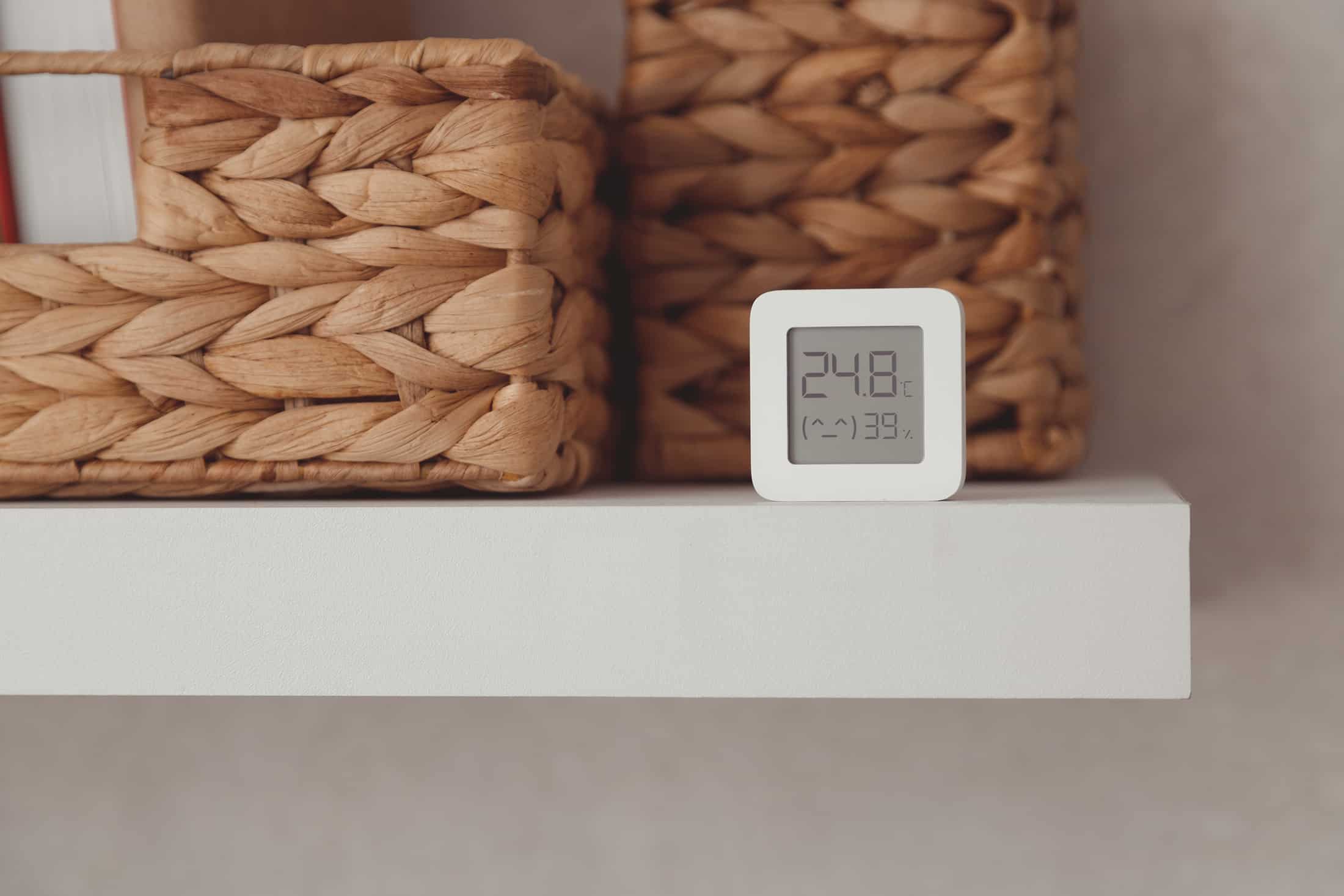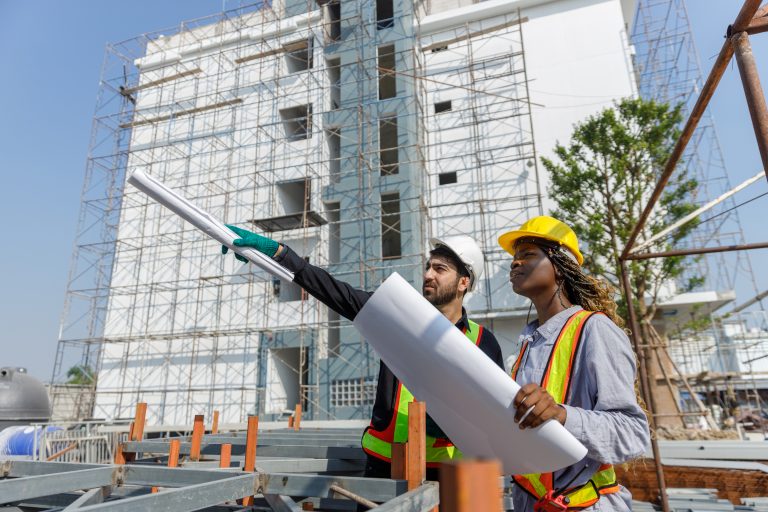Did you know that high humidity can have a negative impact on your commercial building – and anyone who lives or works there?
Humidity refers to the amount of moisture in the air. Humidity levels are dictated by environmental considerations, such as temperature, and are indicated by a percentage. For indoor comfort, a range of around 30% to 60% humidity is usually considered optimal.
However, many geographical locations, including Ontario, naturally experience much higher humidity, particularly during spring and summer months. This makes indoor climate control a tricky task, particularly for commercial buildings, but it’s also an important one. Not only does high humidity interfere with physical comfort (and, in some cases, even cause illness), but it also provides an ideal environment for mold and mildew, causing damage to the building itself and allowing vermin and pests to thrive.
To be successful, a humidity control plan for a commercial space must aim to protect the building while providing comfortable, safe conditions for any people who use the space. The precise balance between comfort and function may differ depending on the type of building; for instance, a retail space may be more concerned with the comfort of staff and customers, whereas an industrial warehouse might focus on protecting its equipment.
Regardless of the desired balance between human comfort and building protection, the HVAC system plays a critical role in controlling humidity in a building. It lowers humidity by removing moisture from the air through ventilation and air circulation. A properly selected, installed, and maintained HVAC system is a definite must to ensure that humidity levels are managed in a building.
In some cases, it may be necessary or desirable to install a whole-building dehumidifier as a supplement to the HVAC system. A dehumidifier cannot replace an HVAC system, but it can help to remove excess moisture from the air and ease the burden on the HVAC system. When incorporated into a building’s humidity control design, a whole-building dehumidifier can be a great asset.
Other factors can influence humidity beyond the climate, and it’s important to note that an HVAC system or dehumidifier will not address humidity issues caused by factors such as flooding, leaks, problems with the building’s envelope, and other considerations. If your building is suffering from high humidity, be sure to have a thorough inspection completed in case there are other causes that need to be addressed.
Whether you own an office space or a factory, controlling humidity is essential. If overlooked, high humidity will go far beyond causing minor discomfort – it will also begin to take a major toll on the health of your building and those who live or work within it. Don’t risk costly consequences; evaluate your building’s humidity control plan today, so that you can begin to address any problems before they arise.
Looking for a team to take the lead on your next project? At Pulse Construction, we’re committed to doing business with an honest, professional, and competitive approach – without compromising safety or schedules. Contact us today for all of your building needs.



